Principal Engineer Ken Zin has been Zinfurbishing this Ampex AVR-3 in recent weeks.
When first powered up, mechanical and electronic problems prevented the machine from operating properly.
Over time, Ken’s identified problems with power supplies, connections, small electronic parts, and the mechanical assemblies that are critical to safe and smooth operation.
Ken attributes many of the problems he has been finding to lack of maintenance or shortcuts taken by previous engineers or owners who wanted to run the machine without fixing problems.
After giving the power supply a good bath (yep, soap and water, a scrubbing, rinse and plenty of sunshine afterward), Ken discovered a bad solder joint on the +5 volt power connection:
Without the connections being clean, this bad connection might go unobserved, creating instability in systems connected to it.
More obvious is this rusting, leaky capacitor in the +5 volt power supply:
Large capacitors like this one are used in AC to DC conversion to reduce the ripple found on the DC lines. When they leak, the chemicals can damage other parts of the equipment. There’s also an increasing potential for the capacitor to rupture or become a fire hazard.
Aside from the safety issues, the lack of clean and stable power can cause electronic instability or unwanted machine behavior, with poorer tape reproduction or tape safety. Since 30-40 year old capacitors are often at end-of-life, its common practice to replace all of the power supply capacitors like this, instead of fix just one and wait for the others to cause problems tomorrow.
Ken discovered that air supply hoses to an important sub-system had been removed. A new set of hoses was fitted and checked for leaks.
Tension arm rollers were found to be in bad condition.
They have bearings inside that were worn… to the point of being frozen. That caused wear on the surface that contacts that tape, resulting in drag that could have damaged tape, likely resulted in less than optimal picture quality, and ultimately wore down one part of the rollers.
When laid on a flat granite surface plate as a check, it is easy to spot the wear: Light shines through where the roller’s not flat against the granite:
These tension arms are supposed to be aligned with the tape path—especially the tape guide rollers before and after each tension arm. A check with a flat steel jig showed the arms were significantly out of alignment.
See how the light shines through on the far side of this tension arm?
The flat steel plate is perfectly flat on both guide rollers to the right, however the tension arm is skewed (bent) to the right, allowing light to shine through the gap with the steel plate.
Here’s a video of the kind of damage that results from this type of mechanical problem.
Notice how the tape is wrinkling and is not flat when passing from the top roller to the tension arm, and then onto the bottom roller.
Damage to valuable videotapes from poorly maintained machines are a potentially costly problem for users if tape owners demand compensation for harm and loss of content, or take business elsewhere.
Archives playing gems from their collections on such machines risk their most valuable assets.
Ken attributes the bending of the arms to continued use of the machine when there was something else wrong with the transport systems. Possibly repeated jerking of the tape caused by an unstable servo system or other undiagnosed problem?
With the tension arms now back from being fixed at a machine shop (at some expense) Ken advises this AVR-3 is handling tape much smoother, especially when ramping down from a fast to a slow shuttle. He says the vector dots are smaller and more stable in Play mode.
Machines that haven’t been treated well over time can require sometimes significant amounts of time to track down the problems and fix them, especially when parts are not routinely available. Time equals money, which adds to the cost of refurbishing equipment.
But the value in a Zinfurbishment like this is that the equipment can be brought up to a reference standard. With continued routine maintenance, Zinfurbished VTRs will give years of smooth, safe and stable playback of high quality pictures and sound.
There’s more to be done on this AVR-3, and we’ll add to this post as the process progresses toward a clean-looking exterior, renewed systems providing safe tape handling with pictures and sound that meet or exceed factory specifications.
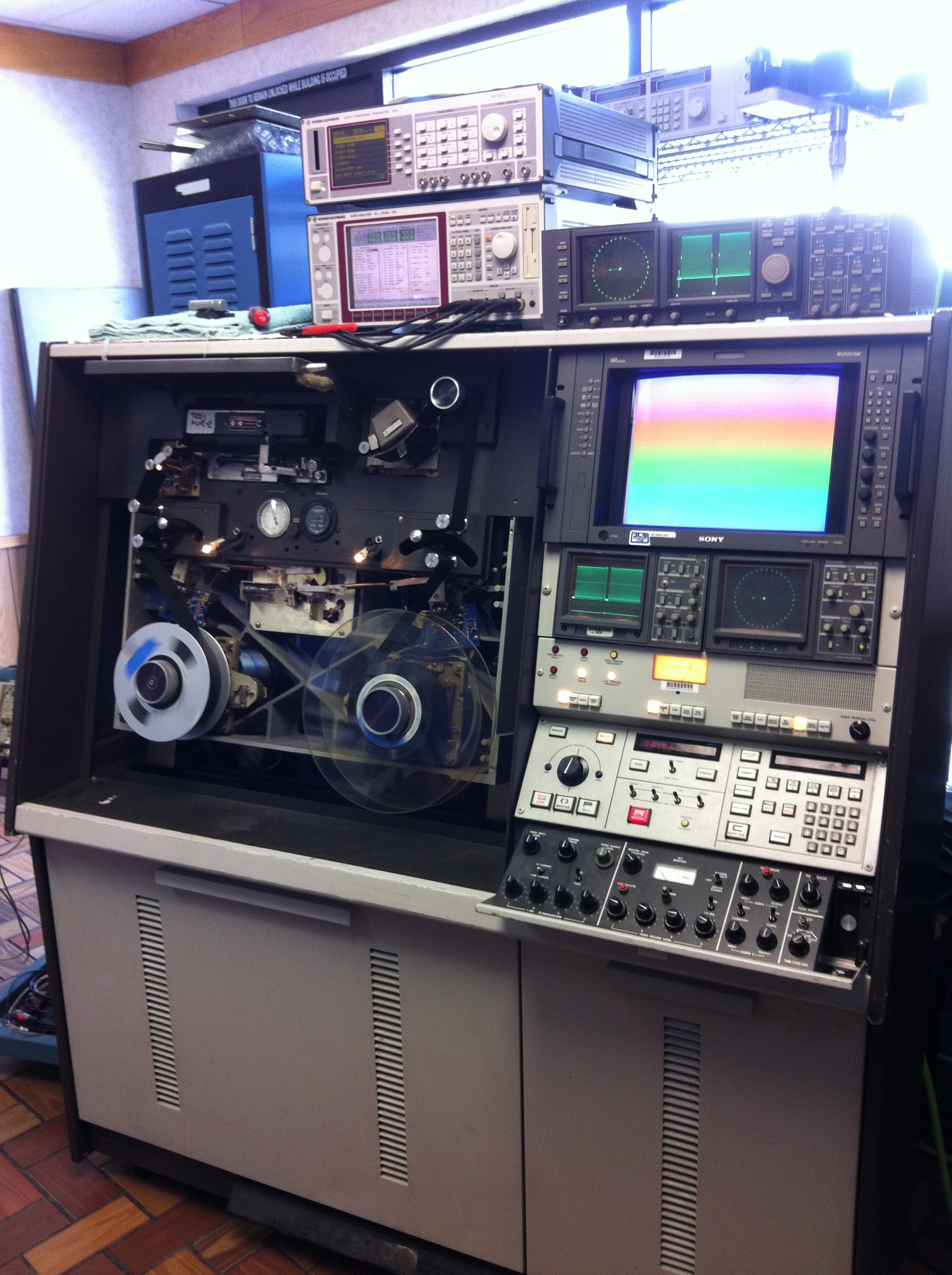
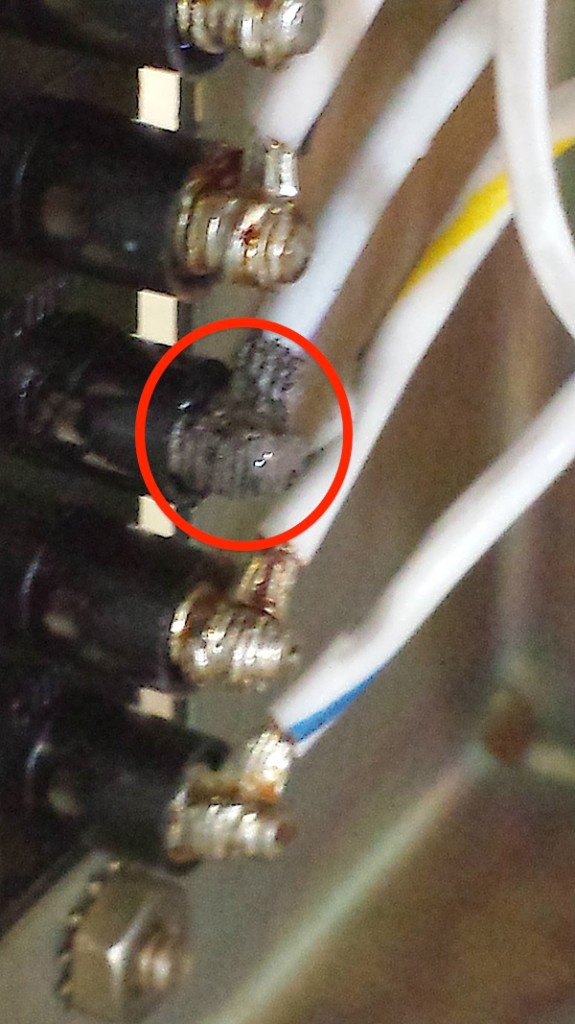
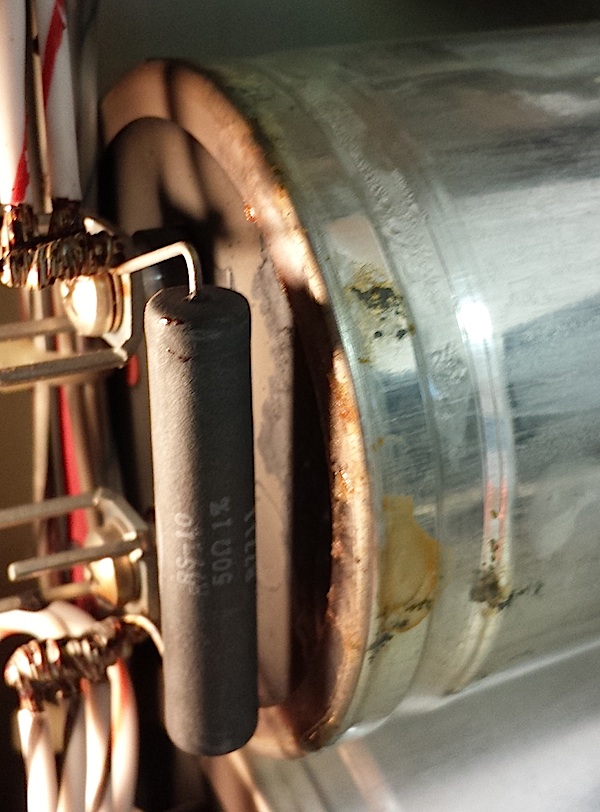
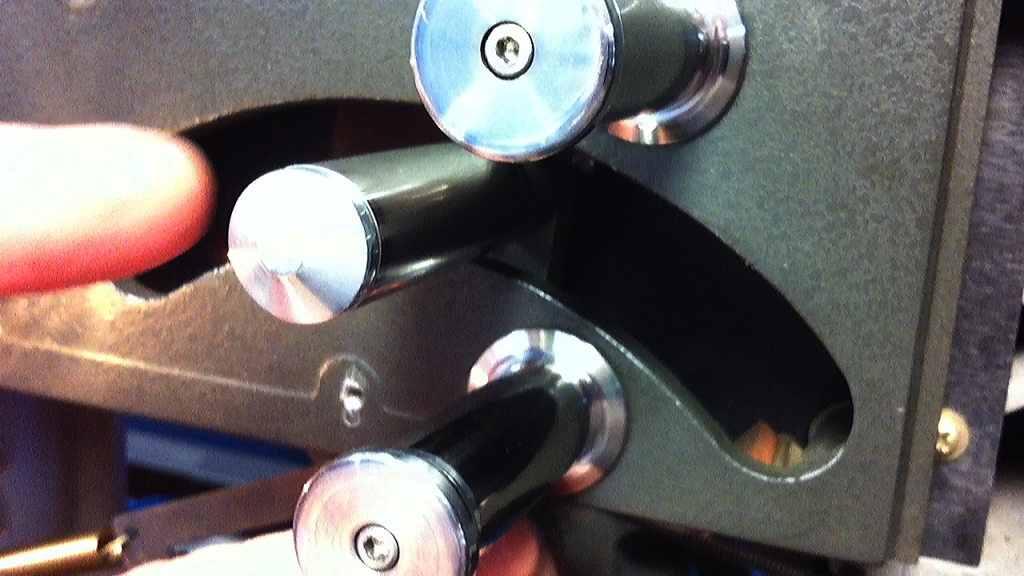
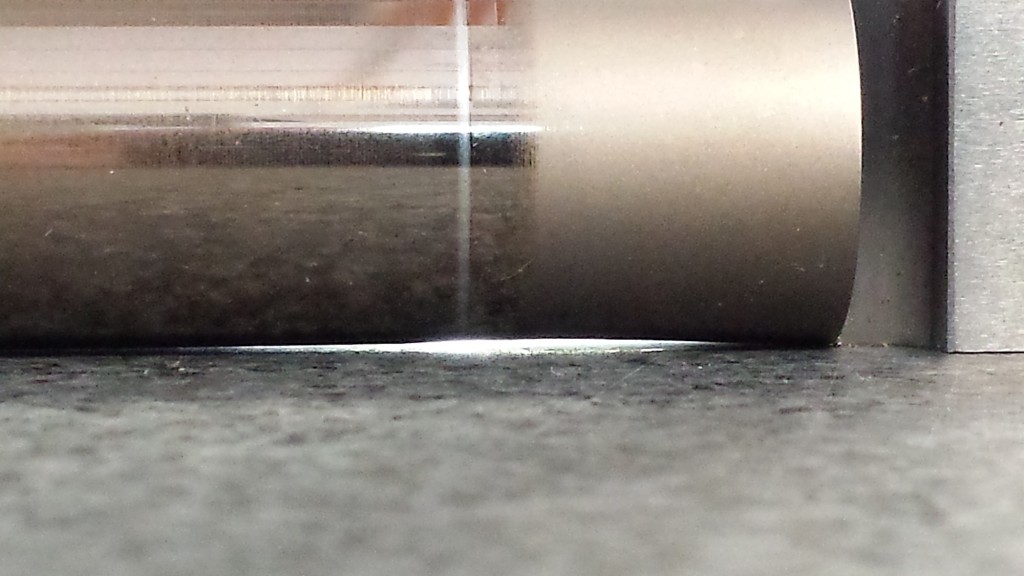
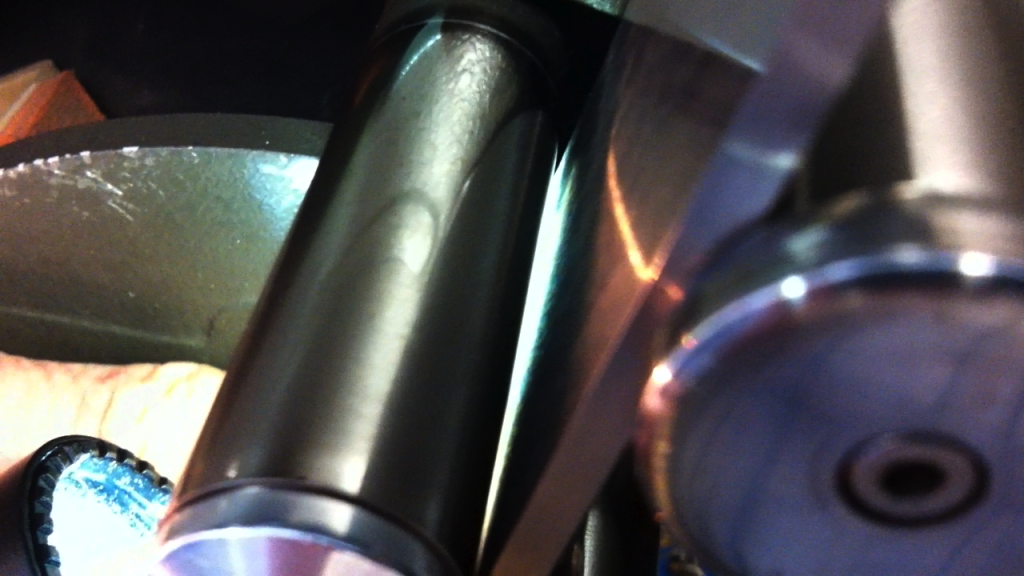
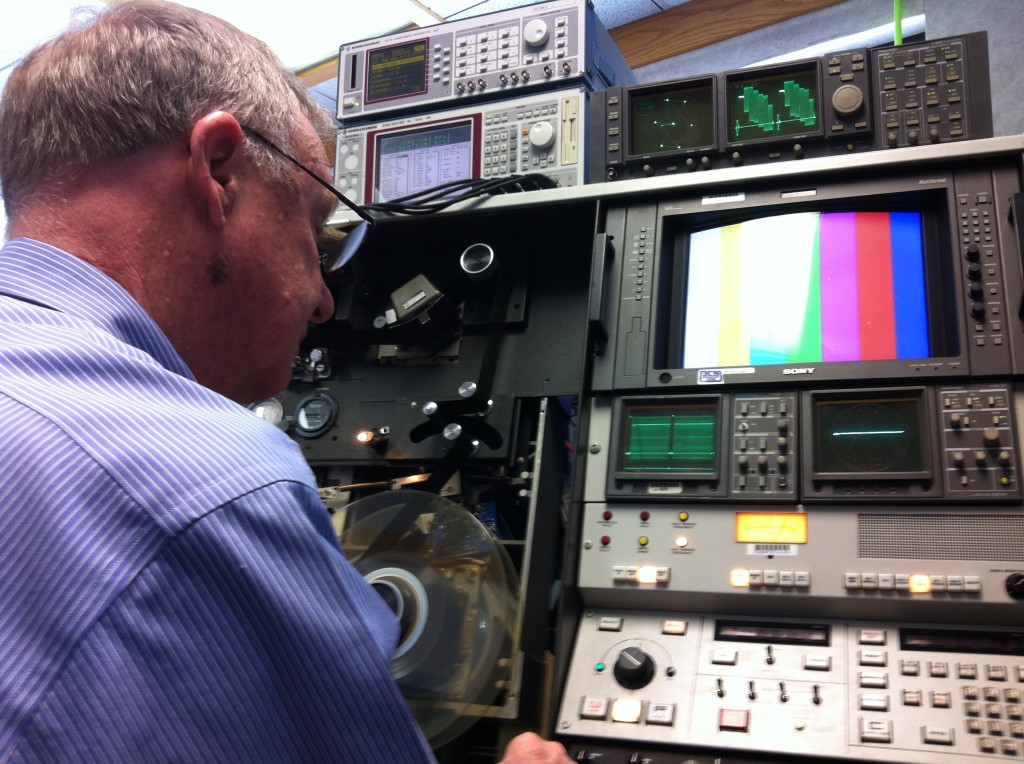
COMMENTS